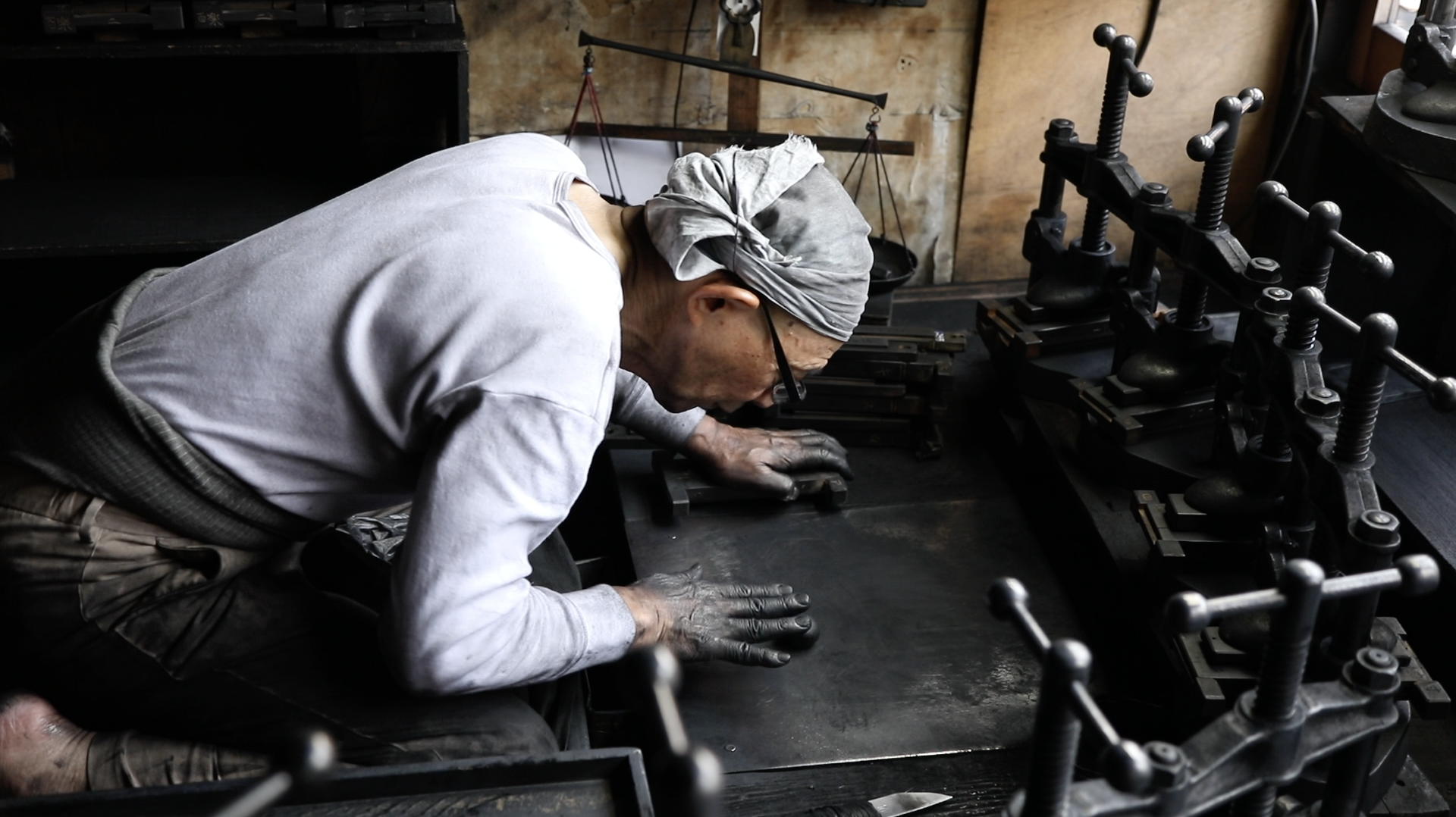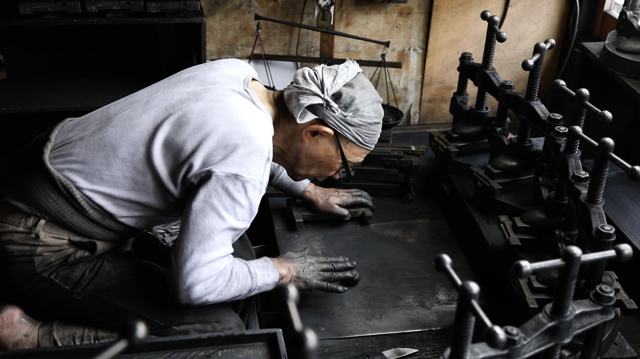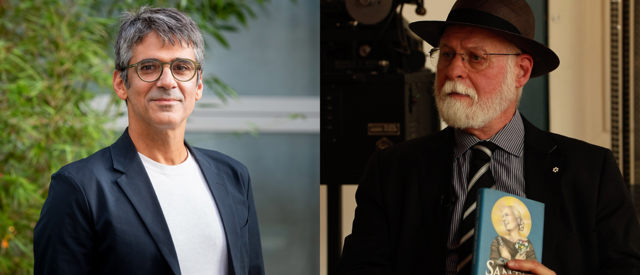- Open Today: 10.00–18.00
- Ticket
- Shop
- Membership
- TR EN
Ali Kazma: Landscapes of the Mind
“Landscapes of the Mind” at Istanbul Modern Photography Gallery focuses on works revealing the writer’s mind through the metaphor of landscape painting by Ali Kazma (b. 1971), one of today’s leading lens-based artists, whose practice explores fundamental questions about the meaning of human activity. The exhibition features videos from the 2010s to the present focused on books and literature and a selection of photographs from the artist’s extensive archive.
The exhibition marks the debut of Kazma’s latest work, “Sumi” (2025), which documents one of the world’s oldest known ink productions, a 600-year-old tradition in Nara, Japan. Making their first appearance in Türkiye, “A House of Ink” (2023) and “Sentimental” (2022) offer an intimate glimpse into the apartment and archive of Nobel Prize-winning author Orhan Pamuk. Also showing for the first time in Türkiye is “Alberto in Lisbon” (2024), which traces the relocation of Argentine-born writer and book historian Alberto Manguel’s library to Portugal. “Ali Kazma: Landscapes of the Mind” further includes “Calligraphy” (2013) and “Tattoo” (2013), which explore ink-based craftsmanship and were previously exhibited at the Pavilion of Türkiye during the 55th Venice Biennale, along with photographs documenting printing houses, libraries, and bookstores as spaces for books.
The catalogue prepared for “Landscapes of the Mind” presents visuals of the works in the exhibition, accompanied by a conceptual framework written by the curators. This accompanying publication also brings together essays by Orhan Pamuk titled “A House of Ink” and Alberto Manguel titled “Seeing and Being Seen: The Art of Ali Kazma,” with an article by Ali Kazma himself “How to Film a Poet?”.
Curators: Öykü Özsoy Sağnak, Demet Yıldız Dinçer
Assistant Curator: Yazın Öztürk
About the artist:
Born in 1971 in Istanbul, Türkiye, Ali Kazma is a lens-based media artist living and working in Paris. He holds a Master of Arts degree from The New School in New York City.
Questioning social organization and the value of human activity, he highlights the relationship between the visible and the invisible aspects of reality by looking closely at the management of labor, time, bodies, gestures, space, and processes. Kazma’s attentive eye collects specific activities in a broad range of economic, industrial, scientific, medical, social, and artistic spheres.
He has an interest in spaces of social and cultural significance, places of production, industries, and handicrafts, as well as the details of machinery and ritualistic, repetitive daily tasks.
The artist, who represented Türkiye at the 55th Venice Biennale, Pavilion of Türkiye in 2013, had a comprehensive solo exhibition at Jeu de Paume, Paris, in 2017. Ali Kazma’s other solo exhibitions were held at the Nouveau Musée National de Monaco (2023), Albergo Diurno Venezia (Milan, 2018), MUNTREF (Buenos Aires, 2018), Arter (Istanbul, 2015), and Hirshhorn Museum (Washington, 2010).
Group exhibitions and biennials include the 6th Kuandu Biennale (Taipei, 2018), 7th Moscow International Biennale of Contemporary Art (2017), MAXXI (Rome, 2016), Musée d’Art Contemporaine de Lyon (2013), 30th Sao Paulo Biennial (2012), Istanbul Biennial (2001, 2007, 2011), Muzeum Sztuki Lodz (2012), Istanbul Modern (2011), Museum Kunstpalast (Düsseldorf, 2010), and New Museum (New York, 2010).
He received the UNESCO Prize for Promotion of the Arts in 2001 and the Nam June Paik Award in 2010. The artist’s works have been included in a number of institutional collections, including MoMA (New York), CNAP (Paris), Istanbul Modern, MEP (Paris), Nouveau Musée National de Monaco, MONA (Hobart), Sztuki Museum (Lodz), Tate Modern (London), Fondation Cartier (Paris), TBA21 (Vienna), and VKV Foundation Collection (Istanbul).
Click here to purchase your museum ticket online.
Image:
Sumi, 2025 (detail)
Synchronized two-channel HD video, with sound
7’ loop
Courtesy of the artist and Bozlu Art Project
Produced with the support of Bozlu Art Project.



